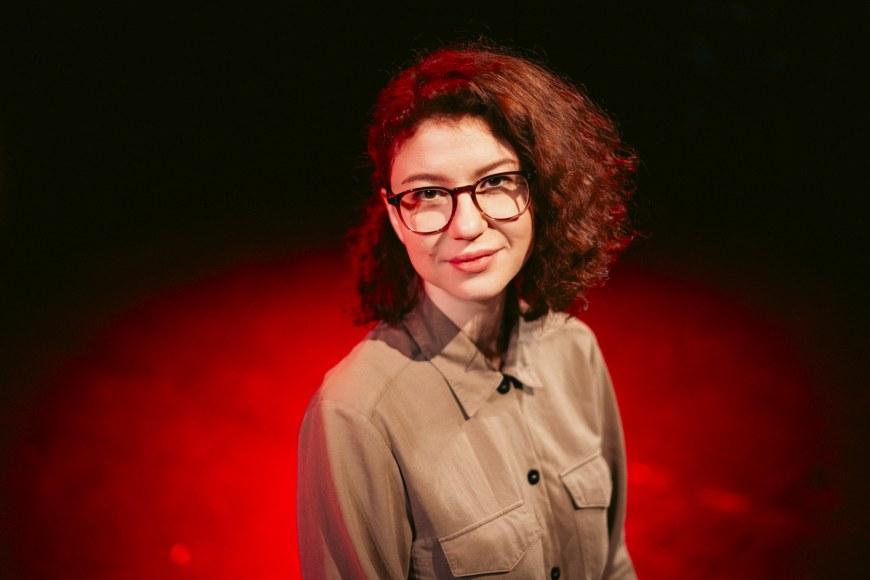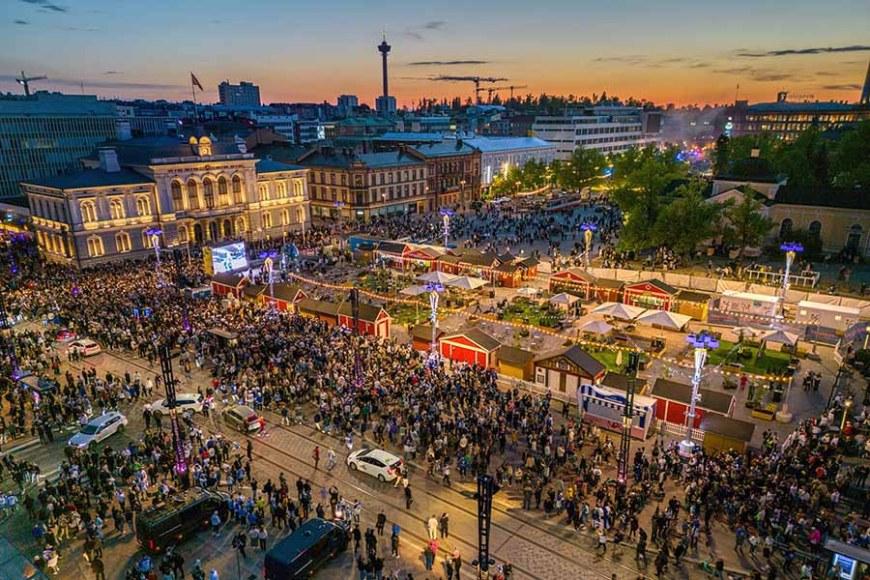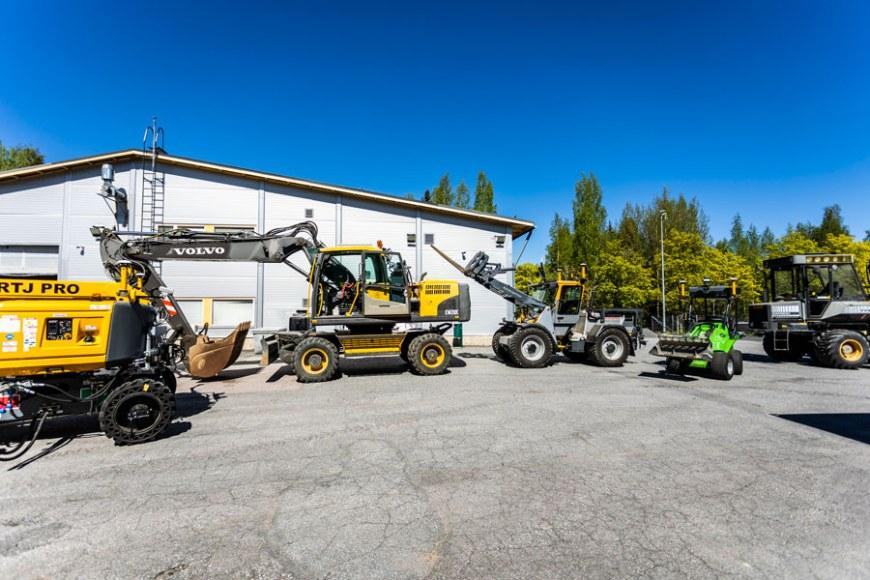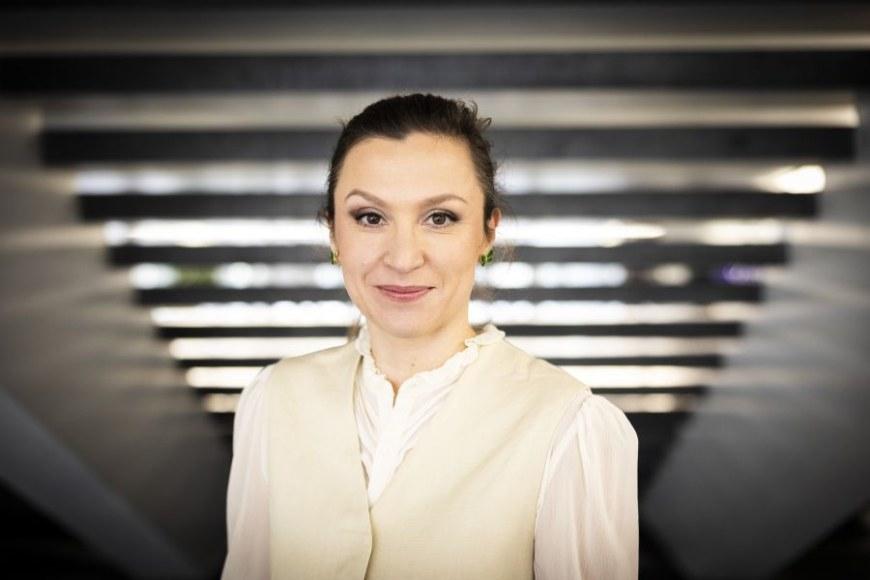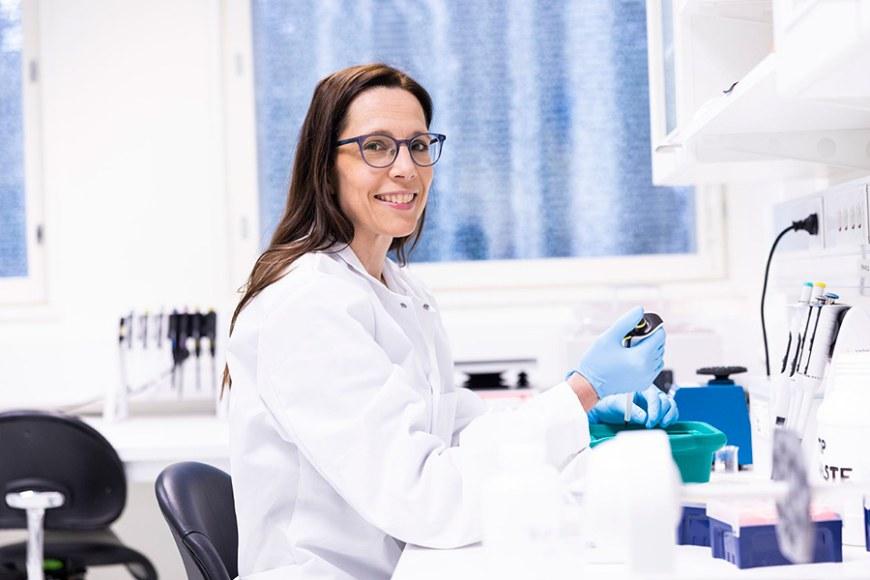Finland’s first volumetric capture studio makes virtual reality feel more genuine
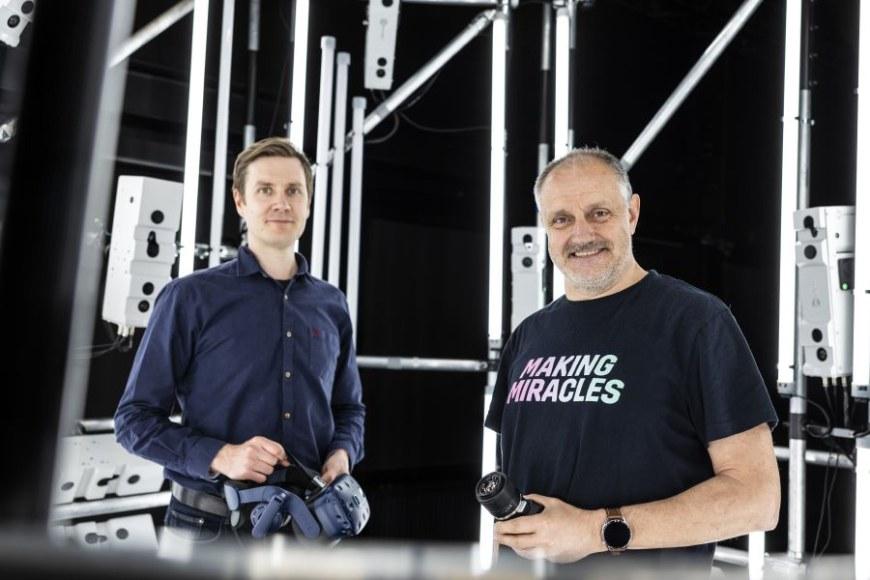
The volumetric capture studio, VoCap, at Tampere University is not only the first in Finland but also a rarity in the world.
“From the research point of view, it is new. We are experimenting to see what can be done with this technology. One of the clearest benefits is that volumetric capture can be used to produce and include realistic and natural content into virtual worlds,” says Jussi Rantala, Staff Scientist in charge of the practical arrangements of the studio.
The VoCap produces three-dimensional content for the visual sense with immersiveness at the heart of the visual experience. A 3D-image can be placed in a virtual environment and moved around in a realistic way.
“Virtual concerts could replace travelling to concert venues. Delicate sculptures or historical figures in an art museum could be made available to future generations as a digital experience. In the film industry, volumetrics could increase interactivity and the experience of being immersed in a film,” Rantala envisions.
Many research fields benefit from volumetric capture technology
In CIVIT’s volumetric capture studio, dozens of camera modules simultaneously shoot an object from different angles. Each of the studio’s 32 camera units is equipped with three separate cameras, which deliver not only colour pixels but also the corresponding position in 3D space.
Researchers, teachers, and students at the Tampere Universities community can use the VoCap studio free of charge. It can also be rented by businesses and creative industries.
Professor Atanas Gotchev, Director of CIVIT, thinks that many areas of research in the Universities community can benefit from the new technology. For example, it is a natural fit for research on imaging, machine vision, and interactive technologies. It can also be used in creative fields, art, and media.
“I encourage broadening the perspective to include human sciences! The technology can be used to model, for example, interaction, body language and emotions. It can also be used in rehabilitation and physiotherapy,” Gotchev says.
Find out more about the VoCap studio in June
The volumetric studio and motion capture technology will be presented at the Tampere Imaging Days event on 8 June. Demo presentations can be watched in CIVIT’s facilities in room SA201 of Sähkötalo on the Hervanta campus. The event will be organised together with Business Tampere.
The studio has received funding from the Academy of Finland as part of the MAGICS project, which forms an infrastructure network in the area of remote presence and virtualisation of humans, together with Aalto University and Uniarts Helsinki.
CIVIT is a research infrastructure unit specialising in immersive visual technologies at Tampere University. The centre concentrates on the advanced visualisation of 3D content, 3D video, and sound capture, immersive visual displays, and immersive user experiences. CIVIT offers facilities, technologies and scientific competence for professionals and students in the field.
Contact:
Jussi Rantala
+358 50 318 5833
jussi.rantala [at] tuni.fi
Atanas Gotchev
+358 40 849 0733
atanas.gotchev [at] tuni.fi
Text: Anna Aatinen
Photo: Jonne Renvall
